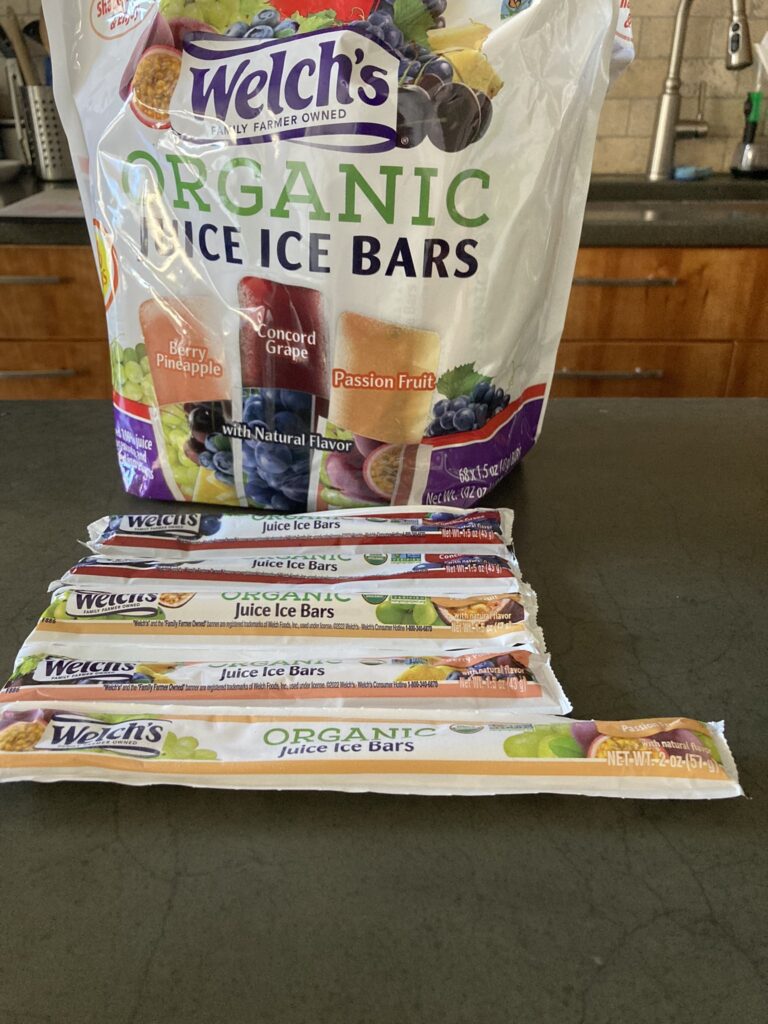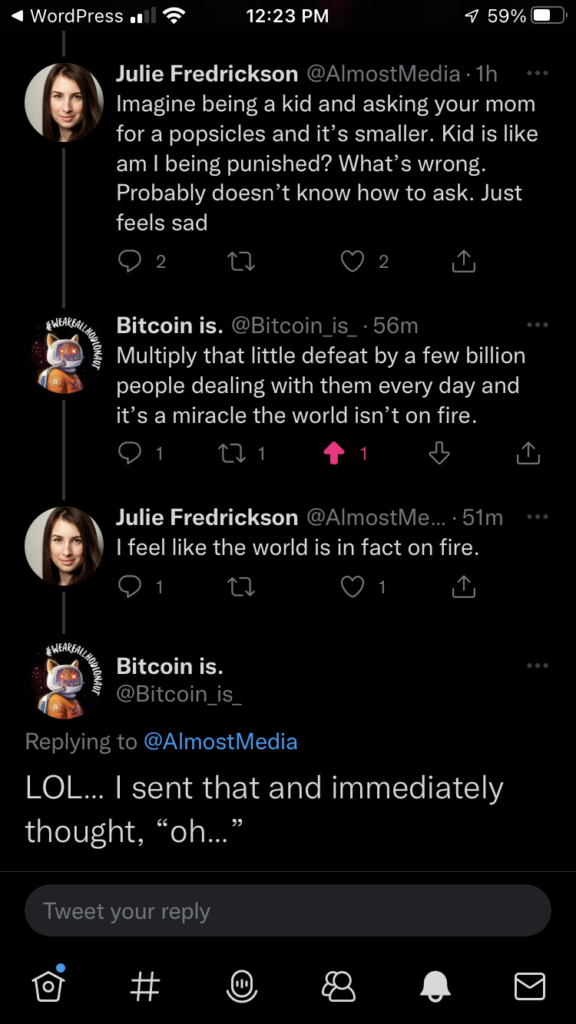For well over a decade I didn’t get to celebrate Thanksgiving with my family. I was one of the “ lucky” few for whom Black Friday is the most important day of year. I did time in the trenches of retail.
When I worked in fashion and then later cosmetics, Black Friday was the all consuming event that dictated whether your year was a success or a failure. I slept in my office more than once. I pulled all nighters. And that barely scratches the surface of the long hours leading up to the main event. Having a good Black Friday is a make or break affair for brands and retailers.
I love shopping. A well executed customer experience is one of America’s crowning achievements. A beautifully merchandised store (in real life or online) that has exactly what you want along with everything you didn’t know you wanted too, is one of the great joys of civilization.
One of the downsides of knowing retailers’ rhythms intimately is that it changes how you shop. Now that I no longer work on Thanksgiving and Black Friday I am able to participate as a customer. But I know too much. I know pricing, discounting and if SKU counts are bloated or constrained. I can sense how deep a sale will go with a glance at merchandising and a quick perusal of the last 10-K. Shopping is now an exercise in arithmetic.
And this year is shaping up to be the best Black Friday since before the pandemic. For the last two years brands have struggled to keep items in stock due to supply chain crunches and pandemic era labor shortages. But this year they did not want to be caught flat footed. At the height of the stimulus that placed deep orders. Optimism has returned.
But now interest rates are rising to combat the inflationary pressures that has loomed over an economy demanding to buy more just months ago. But now no one is so sure about spending. Prices have risen. Layoffs are spooking folks. And it sure seems like brands and retailers bought way too much for the current mode of America.
I’m planning on buying quite a bit as the discounts will be steep, the inventory is available, and I don’t like to shop unless I’m getting what I want at a price I like. We will be focused on clothing and footwear as well as basics like good wool socks. We also have a few electronic gadgets we’ve been waiting to buy including a humidifier and a chain saw. I’m also hoping for a few surprises from cosmetics retailers as well. It is hunting season.

